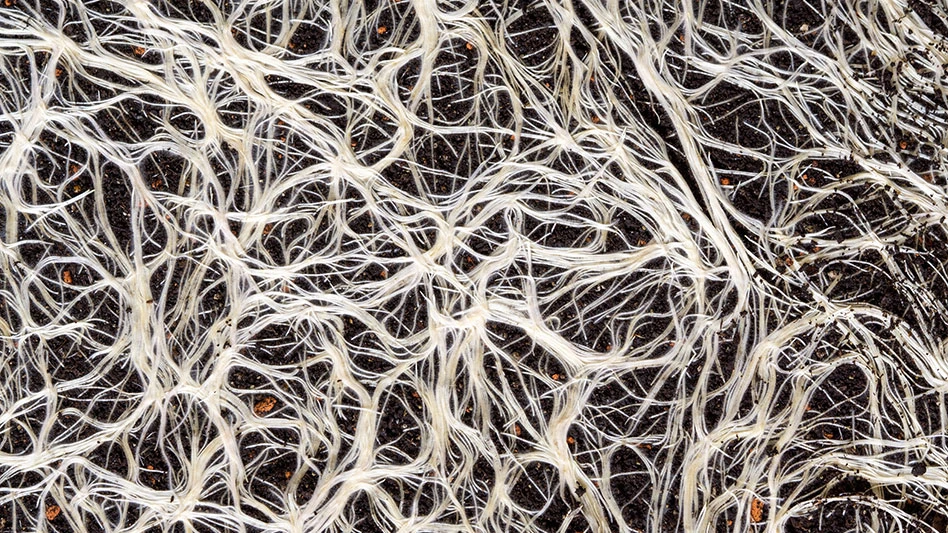
© luchschenF | stock.adobe.com
Nearly 600 million tons of debris was generated from construction and demolition (C&D) activities in the U.S. in 2018, according to the U.S. Environmental Protection Agency. This amounts to more than twice the amount of municipal solid waste that was generated during the same period.
To address the excess of C&D waste that gets landfilled every year, the American Institute of Architects (AIA) has awarded Penn State a grant to study whether fungal biomaterials can replace synthetic acoustic insulation.
Benay Gürsoy, assistant professor of architecture at the College of Arts and Architecture’s Stuckeman School, will lead the team of researchers to study the acoustic absorption properties of mycelium—the root-like structure of mushrooms and other fungi—with the goal of designing and building acoustic panel prototypes.
The project, titled “Fungal Biomaterials for Sustainable Architectural Acoustics,” builds on work Gürsoy has been leading in her Form and Matter (ForMat) Lab on fabricating biodegradable building components using mycelium. According to Penn State, the lab’s work was awarded an Upjohn Research Initiative grant last year, the Skidmore Owings & Merrill (SOM) Foundation 2021 Research Prize and was featured in the Biomaterial Building Exposition at the University of Virginia last spring.
RELATED: Rubicon, industry partners complete asphalt shingle recycling program
Gürsoy says there is a growing community of architects that is exploring the use of mycelium, which can be grown on a variety of organic waste materials, in architecture.
“Mycelium-based composites are renewable and biodegradable biomaterials that result when mycelium, the vegetative root of fungi, is grown on agricultural plant-based residues. These novel biomaterials have the potential to replace conventional petrochemical building materials without relying on the extraction of non-renewable resources,” she tells Penn State. “In our research at ForMat Lab, we explore sustainable ways of cultivating mycelium-based building parts and structures.”
Penn State faculty researchers John Pecchia, associate professor of plant pathology and director of the Mushroom Research Center; Nathan Brown, assistant professor of architectural engineering; and Linnea Hesse, group leader of the Plant Biomechanics Group at the Botanical Garden at the University of Freiburg are co-principal investigators on the project. ForMat Lab researchers Ali Ghazvinian, an architecture doctoral candidate, and Alale Mohseni, an architecture master’s degree student, are collaborators.
Latest from Construction & Demolition Recycling
- Mazza Recycling adds to transfer station operations
- Michigan awards $5.6M in recycling, waste reduction grants
- Pittsburgh area mall headed for demolition
- RMDAS figures show February surge in recycled steel’s value
- US economic indicators show signs of wavering
- Northstar signs asphalt shingle supply agreement with York1
- Metso’s Lokotrack line turns 40
- Takeuchi adds dealer in Mississippi





